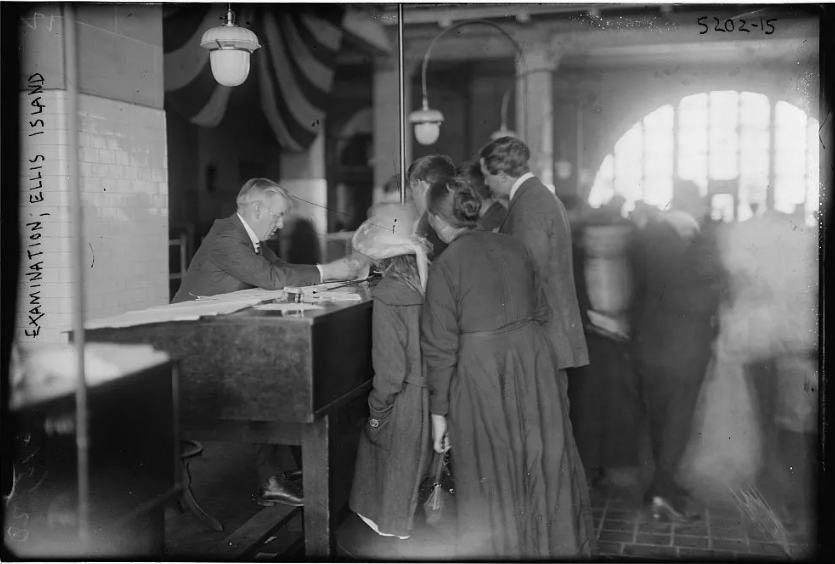About This Lesson
ENGINEERING/TECHNOLOGY –
The philosophical debate “will instant access to information make people happier or better off?” not only occurred in the 1850s with the implementation of the Transatlantic Cable but continues today with smartphones and other digital devices. From Telegraph to Text will review the design of the cable itself to practice the first two steps of the engineering design process, learn how to properly cite scientific sources and communicate our claims with evidence.
This activity can be done remotely or in class. The instructor will introduce the topic before students break into collaborative groups. Students will do a reflection piece at the end; a comprehensive rubric is included.
Learning Objectives:
- Practice the engineering design process
- Learn to formulate a sound problem statement
- Properly cite website sources using APA format
- Practice writing a strong supportive paragraph or CER.
Education Standards
Next Generation Science Standards – High School (9-12)
- HS-ETS1-1 Engineering Design -Analyze a major global challenge to specify qualitative and quantitative criteria and constraints for solutions that account for societal needs and wants.
- HS-PS2-3 Motion and Stability: Forces and Interactions – Apply scientific and engineering ideas to design, evaluate, and refine a device that minimizes the force on a macroscopic object during a collision.*
- HS-PS2-5 Motion and Stability: Forces and Interactions – Plan and conduct an investigation to provide evidence that an electric current can produce a magnetic field and that a changing magnetic field can produce an electric current.
- HS-PS2-6 Motion and Stability: Forces and Interactions – Communicate scientific and technical information about why the molecular-level structure is important in the functioning of designed materials.*
- HS-ETS1-2 Engineering Design – Design a solution to a complex real-world problem by breaking it down into smaller, more manageable problems that can be solved through engineering.
- HS-ETS1-3 Engineering Design -Evaluate a solution to a complex real-world problem based on prioritized criteria and trade-offs that account for a range of constraints, including cost, safety, reliability, and aesthetics as well as possible social, cultural, and environmental impacts.














